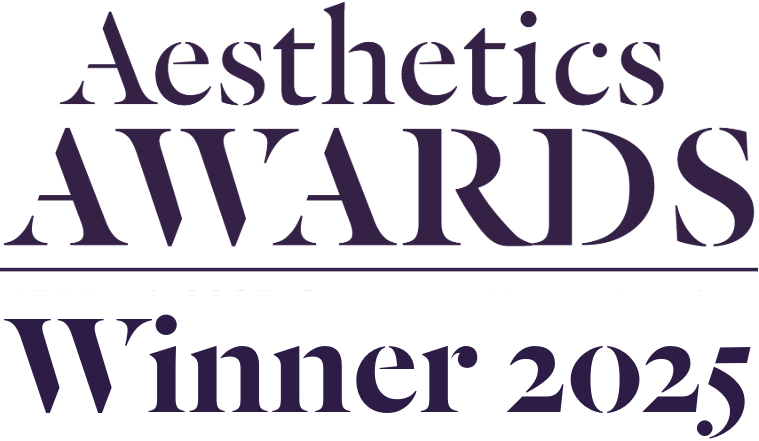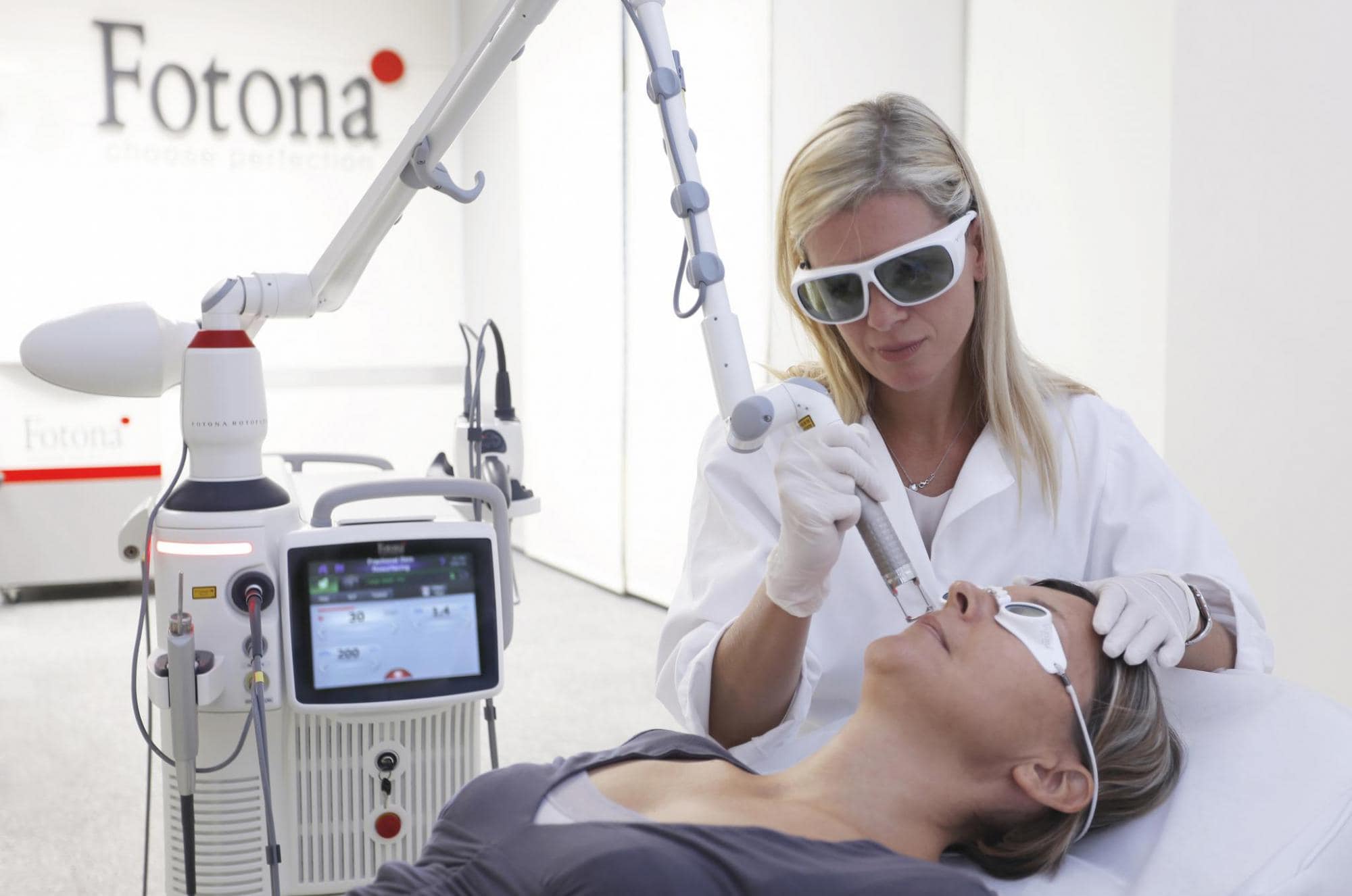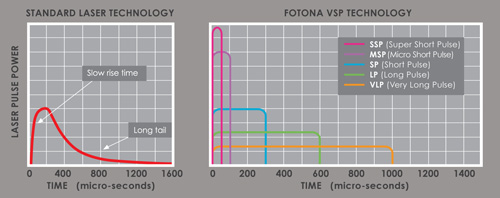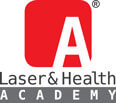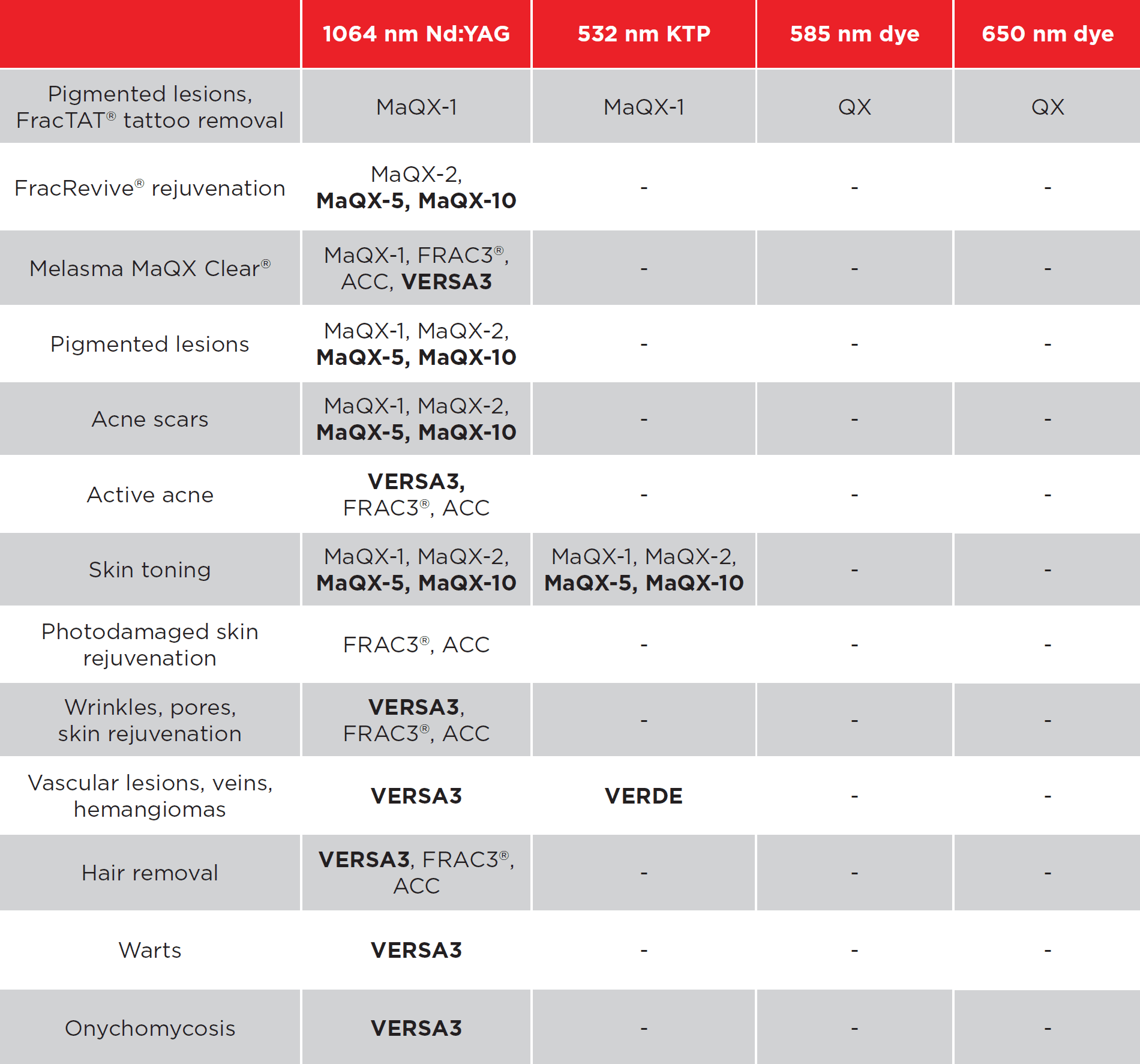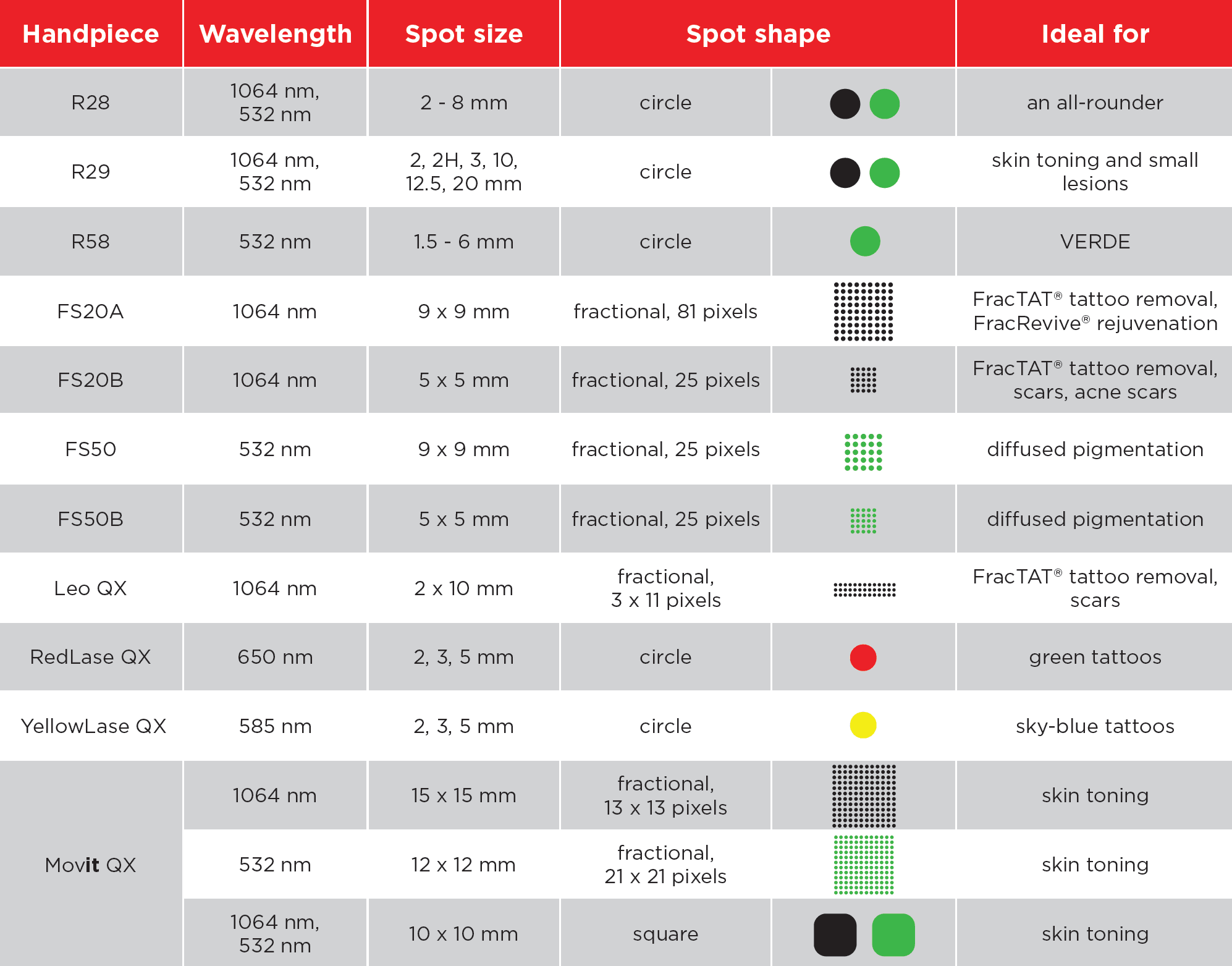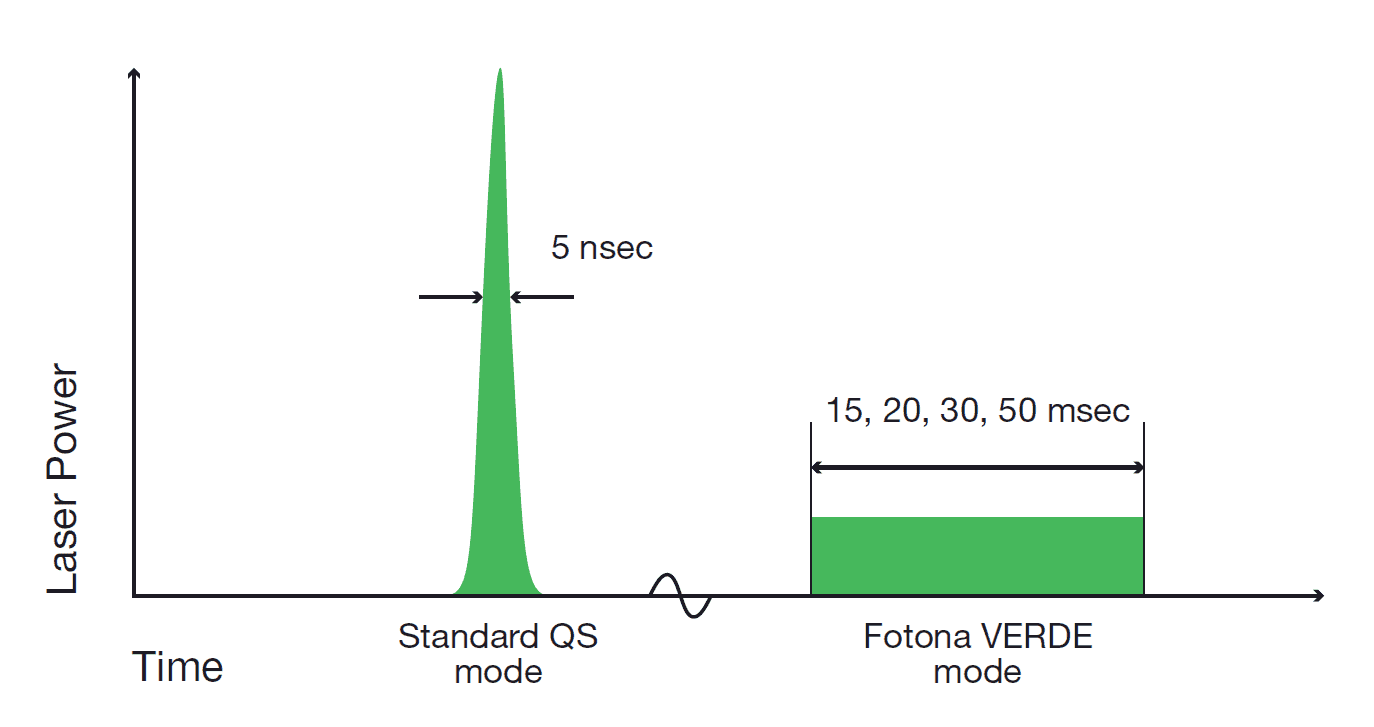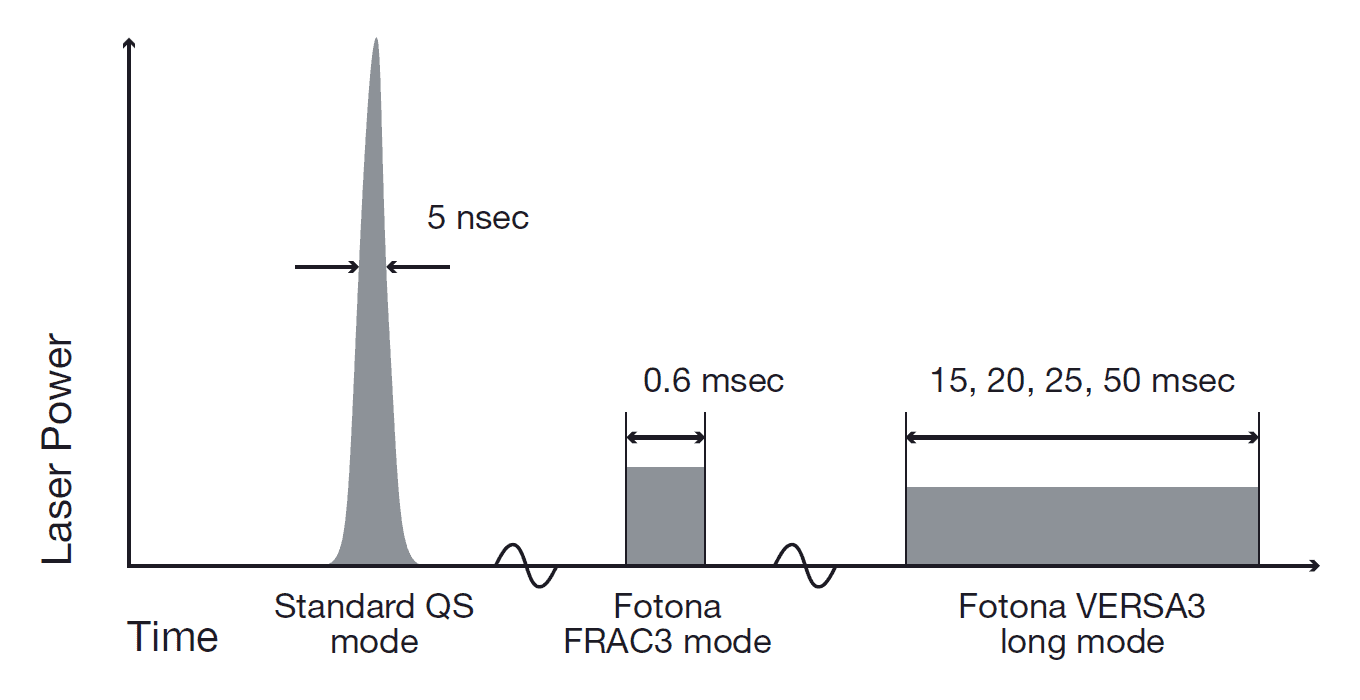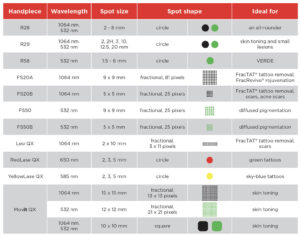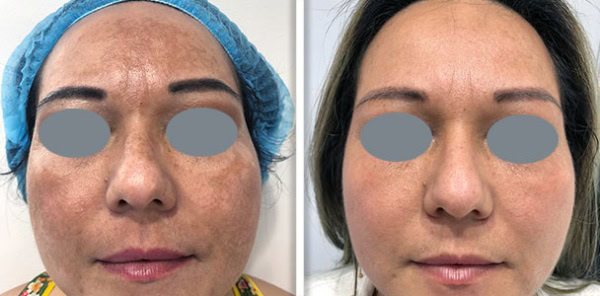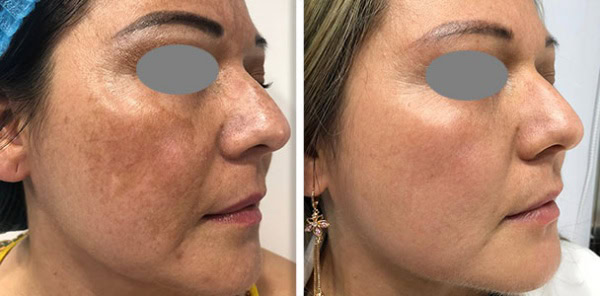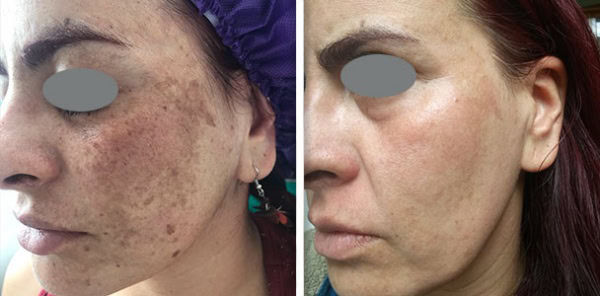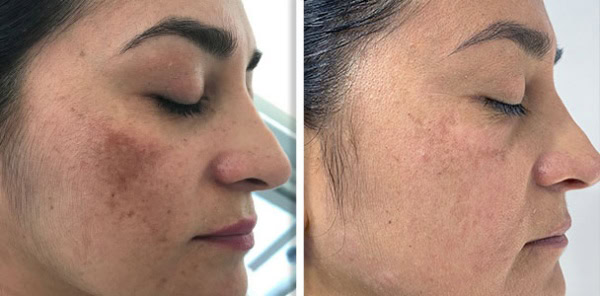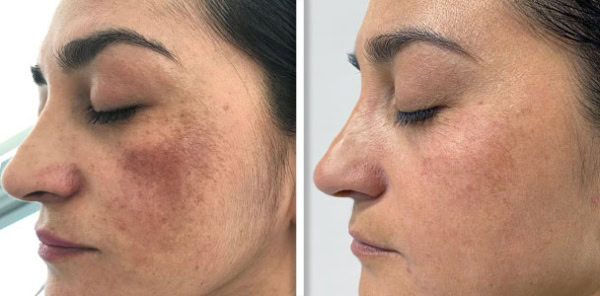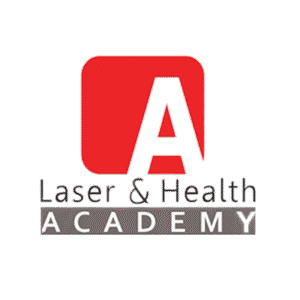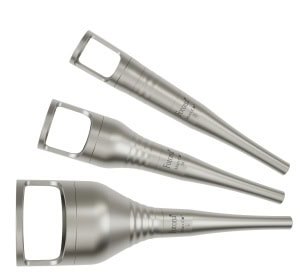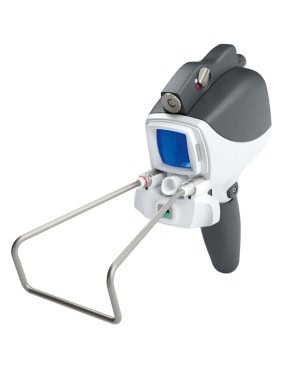Medical technology is on a relentless rise, and laser treatments are right at the forefront. But in a landscape where every brand promises you the moon, what sets Fotona apart for UK clinics seeking real results? In this blog, I’m going to look into the world of Fotona lasers—covering their powerful dual-wavelength systems, the ROI potential, regulatory compliance, and the specific treatments that make them a game-changer. Think of this as the comprehensive guide you wish you’d had before venturing down the laser-buying rabbit hole.
From aesthetic transformations to dental breakthroughs, Fotona’s systems have etched themselves into clinics worldwide. But let’s cut through the hype with a dose of insight. We’ll talk specifics: patient satisfaction, streamlined workflows, and yes, the financial side of things—because turning a profit is never taboo in the realm of private practice. Let’s dive right in.
1. What Makes Fotona Stand Out?
First up, the basics. Fotona is a global name in laser technology, with decades of research and innovation behind their systems. The company is particularly known for developing robust, dual-wavelength platforms capable of tackling a massive spectrum of procedures—everything from non-ablative skin rejuvenation to deep ablative resurfacing and beyond.
1.1. Dual-Wavelength Synergy
Ask any laser enthusiast, and they’ll quickly mention Fotona’s Er:YAG (2,940 nm) and Nd:YAG (1,064 nm) combination. These two wavelengths function in harmony:
- Er:YAG: Ideal for precise ablation, making it highly effective for skin resurfacing, scar revision, and even gentle dental hard-tissue work. It vaporises tissue in ultra-fine layers, translating to minimal thermal damage and quicker recovery.
- Nd:YAG: Renowned for deeper penetration and versatile use. Great for vascular lesions, hair removal on darker skin types, endodontic disinfection, and more.
This synergy lets you handle both superficial issues and deeper concerns with one laser system. If you’re a multi-specialty clinic or practice that wants to expand offerings without juggling multiple machines, Fotona’s dual-wavelength approach is a massive plus.
1.2. Solid Engineering and Build Quality
Ever bought a piece of equipment that felt great at the showroom but started whining and groaning within months? Not the vibe you want in a busy practice. Fotona’s lasers are widely lauded for their durability. Hardware breakdowns can wreak havoc on your scheduling and revenue, so a well-engineered system is more than just a luxury—it’s practically an insurance policy against downtime.
1.3. Research-Backed Credibility
Fotona has a history of peer-reviewed studies highlighting the efficacy of its lasers across multiple medical domains. When you’re in front of a discerning patient who’s done their homework, that clinical evidence can be the clincher that sets your clinic apart. Word spreads quickly in this industry, and having a machine with proven results helps cement your reputation.
2. The Business Case: Why Investing in a Fotona Laser Could Pay Off
Adding any new device to your clinic’s arsenal is a significant financial outlay. But if done right, the returns can more than justify the initial expense. Let’s chat about the nitty-gritty: profit margins, market differentiation, and how to ensure you’re not left nursing an expensive paperweight.
2.1. Expanding Your Treatment Menu
A single Fotona platform can unlock a raft of new procedures, meaning you no longer need separate devices for hair removal, vascular work, and skin resurfacing. This modular approach saves space, training time, and money. Plus, broadening your service menu can attract a bigger patient base.
- Aesthetic Clinics: Offer hair removal (including challenging skin types), scar revision, skin tightening, pigmentation correction, and more.
- Dental Practices: From cavity prep to gingivoplasty to certain surgical procedures, a dual-wavelength laser handles a huge range of services.
By consolidating multiple functions into one system, you effectively future-proof your clinic. Instead of juggling multiple machines (each requiring separate maintenance, warranties, and learning curves), you centralise everything under one roof.
2.2. Higher Price Points and Premium Branding
Laser-based treatments often command higher fees. Patients typically perceive them as cutting-edge, minimising side effects and slashing recovery times. By aligning yourself with a reputable brand like Fotona, you can justify premium pricing that reflects both your expertise and the superior results. That brand cachet can also ease your marketing efforts—people trust established names, and Fotona is a name that echoes credibility in medical circles.
2.3. Return on Investment (ROI) Timelines
Let’s dig into the financial side for a moment. No one wants to sink £50,000+ into a device that gathers dust. Assuming you’re strategic in your marketing and patient bookings:
- Diverse Revenue Streams: Skin resurfacing, body contouring, hair removal, endodontics—the ability to cater to multiple patient needs can speed up break-even points.
- Reduced Consumable Costs: While some procedures may require disposable tips or fibres, many Fotona treatments have relatively modest consumables compared to injectables or other modalities.
- Speed of Treatment: Nd:YAG hair removal or Er:YAG skin resurfacing can be delivered quickly, letting you see more patients or devote more quality time to each.
If your clinic is well-marketed and you capitalise on cross-selling opportunities (e.g., a dental patient tries your new skin rejuvenation service or vice versa), you could see tangible returns within the first 12 to 18 months.
3. A Deeper Look at Fotona’s Top Laser Platforms
It’s all well and good to talk about “Fotona lasers” as a whole, but the brand offers different systems tailored to specific specialities or broader clinical use. Let’s run through three of their flagship lines, so you know which might best align with your practice needs.
3.1. Fotona SP Dynamis
- Dual-Wavelength Mastery: Bundles Nd:YAG and Er:YAG into one platform.
- Key Features: Often praised for its versatile handpieces and advanced software interface. Helps you toggle between treatments like fractional resurfacing, deep thermal therapy, and vascular lesions seamlessly.
- Ideal For: Clinics that want a truly multi-purpose machine—covering everything from aesthetic dermatology to minor surgical procedures.
3.2. Fotona XP Dynamis
- Nd:YAG-Focused: More weighted towards the Nd:YAG wavelength for deeper penetration applications, such as hair removal on diverse skin types and vascular lesion treatments.
- Key Features: Large spot sizes for speedier hair removal sessions, plus settings for non-ablative rejuvenation.
- Ideal For: Clinics with a significant demand for hair removal or vascular treatments but still want the option for mild resurfacing via Er:YAG add-ons.
3.3. Fotona LightWalker (Dental)
- Dental Powerhouse: Incorporates Er:YAG and Nd:YAG for comprehensive dental care.
- Key Features: Hard-tissue and soft-tissue procedures under one roof, plus minimal anaesthesia requirements in many cases. Patients often experience less post-op discomfort, which can be a significant selling point.
- Ideal For: Progressive dental practices wanting to stand out with laser-based cavity prep, endodontic treatments, periodontics, and aesthetic gum contouring.
Of course, Fotona has other product lines too, but these three represent a broad spectrum of capabilities. Depending on your primary treatments, you might opt for one platform and accessorise or expand later.
4. Enhancing Patient Experiences with Fotona
A new laser doesn’t just enhance your clinic’s technology—it can reinvent how patients feel about coming in for treatments. Let’s explore why.
4.1. Comfort and Reduced Downtime
Traditional methods often involve more invasive techniques, which can lead to longer recovery times and a less pleasant experience for the patient. With Fotona:
- Skin Resurfacing: Ablative CO2 lasers can be highly effective but are notoriously linked with longer recovery. Er:YAG from Fotona delivers precise ablation with less thermal damage, meaning quicker healing and happier faces.
- Dental Procedures: Patients commonly dread the drill. Using lasers for cavity prep can reduce the need for anaesthetic and that dreaded whirring sound.
When your patients recover faster and endure less discomfort, satisfaction rates climb—and so do word-of-mouth recommendations.
4.2. Efficiency and Versatility
Owning a Fotona machine means you can often address multiple concerns in a single session. For instance, a patient booking for skin tightening might also want to treat a small vascular lesion or correct mild pigmentation. With dual wavelengths at your disposal, switching between treatments can be as easy as swapping a handpiece. That streamlined approach boosts appointment efficiency, an essential factor for a busy clinic with a jam-packed calendar.
4.3. Patient Education and Perception
Your patients may have read about lasers online, but perhaps they’re unsure or nervous. You reinforce their confidence by demonstrating that you use a reputable brand like Fotona—complete with clinical data and in-house training. Consider creating brochures or digital content that explains Fotona’s technology in patient-friendly language, highlighting safety, comfort, and proven results. The more informed your patients are, the more receptive they’ll be to booking in for these treatments.
5. Navigating UK Regulations and Compliance
In the UK, lasers are classified as medical devices when used for clinical or aesthetic purposes. That means you’ll need to comply with guidelines set forth by the MHRA (Medicines and Healthcare Products Regulatory Agency) and potentially local authority licensing if you offer treatments like laser hair removal or tattoo removal.
5.1. CE/UKCA Markings and Supplier Credentials
Post-Brexit, keep a close eye on UKCA (UK Conformity Assessed) markings alongside the familiar CE mark. Fotona devices have a longstanding record of meeting stringent European standards but always verify with the supplier or distributor about the most up-to-date certification. Reputable distributors will readily show you the official documentation.
5.2. Local Authority Requirements
If you offer “special treatments” (like laser hair removal or advanced aesthetic procedures), some councils in the UK require you to obtain a licence. Requirements vary between localities, so check your specific region. You may need to submit risk assessments, staff training certificates, and insurance details.
5.3. Laser Protection Adviser (LPA) and Training
Hiring or consulting a Laser Protection Adviser (LPA) ensures you have the correct safety protocols in place, including signage, protective eyewear, and standard operating procedures. Fotona distributors often provide or recommend thorough training programmes to help you tick off these regulatory boxes. It’s also a good idea to keep a log of every treatment performed (patient details, device settings, etc.) to demonstrate compliance if an inspection ever comes knocking.
6. Getting the Most Out of Your Fotona Laser: Implementation Tips
Alright, so you’ve committed to the leap. You’re excited to unleash Fotona’s capabilities in your clinic. But how do you ensure a smooth take-off?
6.1. Room Setup and Safety Protocol
Ensure your treatment room meets all safety guidelines:
- Laser-Safe Goggles: Must be matched to the wavelengths (Er:YAG, Nd:YAG) you’re using.
- Plume Extraction (if ablative treatments are performed): Laser plume can contain harmful substances; proper ventilation or extraction is non-negotiable.
- Warning Signs: Place “Laser in Use” signs at all entrances.
An LPA can guide you through the specifics, ensuring each corner of compliance is covered.
6.2. Staff Training and Confidence
Fotona systems are designed with user-friendly interfaces, but your team still needs hands-on training to navigate the various modes and settings. Many clinics opt for:
- Initial On-Site Training: Provided by the distributor or a Fotona-certified trainer.
- Advanced Courses: For staff members looking to specialise in complex treatments like fractional ablative procedures or advanced dental applications.
- Webinars and Workshops: Fotona often hosts or partners in educational events that deep-dive into emerging procedures.
Encourage your team to take advantage of these training sessions—confident technicians deliver better patient experiences.
6.3. Marketing Your New Services
Once the laser arrives and you’ve aced your training, it’s time to let the world know:
- Website Updates: Dedicate a page to your Fotona treatments, emphasising safety, comfort, and results.
- Social Media Teasers: Share before-and-after images (with patient permission, of course) or short videos explaining procedures.
- In-Clinic Materials: Display brochures or posters explaining your new offerings. Even something as simple as a sign in the reception area can prompt interest.
- Email Campaigns: Send a tailored message to your patient list, highlighting the arrival of cutting-edge laser procedures. A small introductory discount often incentivises first-time bookings.
7. Maintenance, Servicing, and Long-Term Reliability
A laser is only as good as its upkeep. Ignore routine maintenance, and you could face erratic performance or downtime that frustrates patients.
7.1. Service Contracts and Warranty
Reputable UK Fotona distributors typically offer service contracts to cover routine check-ups and repairs. Yes, it’s an added cost, but worth it to minimise sudden breakdowns. Ask questions such as:
- How long is the warranty?
- What’s the average response time for repairs?
- Are replacement parts readily available in the UK?
An extended warranty or annual service plan can be a lifesaver (and a budget-saver!) if major components ever need replacement.
7.2. Day-to-Day Care
Simple daily or weekly checks can extend the life of your device:
- Handpiece Inspection: Clean lenses and check for any debris or cracks.
- Cooling System Checks: Ensure coolant levels, airflow, or filters are within normal operating parameters.
- Software Updates: Keep the laser’s software up to date for the latest treatment protocols and safety features.
A meticulous approach keeps you from being blindsided by expensive repairs and ensures consistent results for patients.
8. Realistic Treatment Outcomes and Managing Patient Expectations
We all know there’s a fine line between marketing and realism. While Fotona lasers can achieve remarkable outcomes, managing patient expectations is crucial. Overpromise and you set the stage for disappointment; be honest, and you cultivate trust.
8.1. The Consultation Process
Tailoring the conversation to the individual patient is essential:
- Skin Type and Condition Severity: People with different Fitzpatrick skin types or complex skin issues might require different wavelengths or multiple sessions.
- Downtime Discussion: Ablative treatments often involve a few days of redness or peeling. Make sure your patients know what to expect.
- Timeline for Results: Some procedures show immediate improvement, while others (like collagen-remodelling treatments) take weeks or months for final results to emerge.
8.2. Good Communication = Better Retention
Follow-ups and feedback loops are part of a smooth patient journey. Patients who feel supported and informed are more likely to return for additional services. In fact, the more you involve patients in their treatment plan—explaining the how and why—the more they’ll value the advanced technology you offer.
9. Future-Proofing Your Clinic: Trends and Innovations
Laser technology isn’t static. Brands like Fotona continually refine their platforms, pushing the boundaries of what’s possible. A clinic that stays on top of these trends keeps itself relevant in a rapidly evolving marketplace.
9.1. Fractional Technologies
Fractional lasers split the laser beam into thousands of tiny columns, treating microscopic areas while leaving surrounding tissue intact. Fotona has fractional handpieces that can be attached to existing platforms, allowing you to expand into fractional skin resurfacing without purchasing a whole new system. This modular upgrade path is a serious plus for clinics wanting to stay flexible.
9.2. AI-Assisted Parameters
We’re starting to see the arrival of AI-driven software that suggests treatment parameters based on skin type, age, and desired outcomes. It’s not mainstream across all lasers yet, but as software evolves, it’s plausible Fotona will integrate advanced settings or data-driven analytics into future models.
9.3. Combined Modalities
Lasers are now joining forces with ultrasound, radiofrequency, and even electromagnetic-based therapies. Having a Fotona laser that’s well-regarded in one domain could open doors for complementary multi-platform approaches if you decide to bring in other devices down the line.
10. Is a Fotona Laser Right for Your Clinic?
Before you whip out the credit card, let’s recap some deciding factors:
- Range of Treatments: If you aim to perform everything from vascular procedures to dental applications, a dual-wavelength Fotona system could be your all-in-one solution.
- Patient Demand: Do you see a consistent flow of patients seeking laser-based solutions? If you’re unsure, consider a feasibility study or poll existing patients.
- Budget and Finance: The initial cost can be significant, but with financing and a strategic approach to marketing, many clinics find they recoup their investment rapidly.
- Team Expertise: Are you or your practitioners eager to learn and adopt new protocols? Investing in staff enthusiasm and training is half the battle.
If you can tick most of these boxes, then you’re likely in a prime position to harness what Fotona lasers have to offer.
Conclusion: A New Era for Your Practice
Integrating a Fotona laser into your clinic is more than just a tech upgrade—it’s a strategic move that could reshape how you serve patients and differentiate yourself in a crowded marketplace. The dual-wavelength advantage, research-backed credibility, and robust engineering all combine to give Fotona a deservedly formidable reputation. Yet, as with any major purchase, success hinges on preparation: train your staff, set realistic patient expectations, and invest in ongoing maintenance.
If you do all that, you might just discover that your new laser isn’t just a fancy gadget—it’s the driving force behind your clinic’s evolution. And that’s exciting for you, your staff, and most importantly, your patients. So, weigh the pros and cons, ask the right questions, and if Fotona ticks your boxes, embrace the leap! Your clinic may never be the same again.
